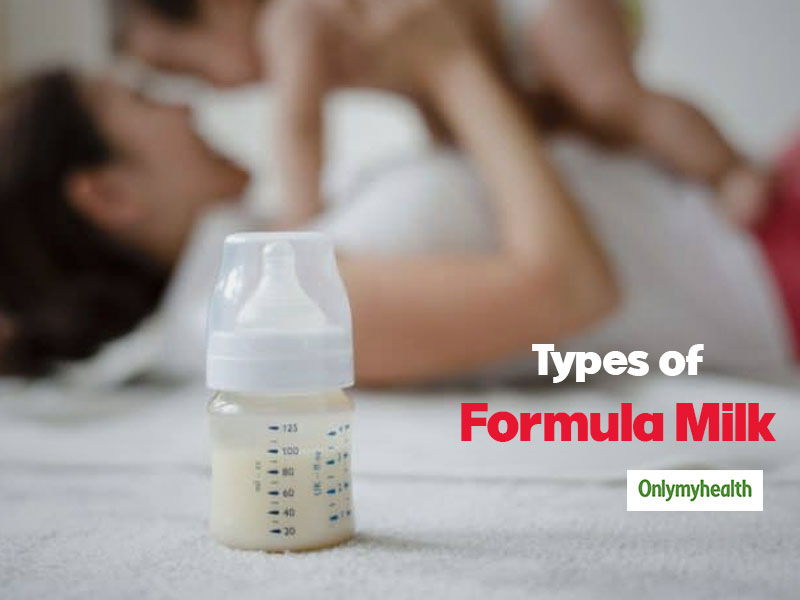
Breastfeeding is best for your baby - there is no greater truth than that. Even if you can only breastfeed for a while, your baby will still benefit. But the more you breastfeed, the safer your baby is. Breast milk is nutritionally the best option for the baby. But if you are having real trouble breastfeeding, then you may need to give your baby formula milk. For many women, the decision to feed formula may be based on lifestyle choices, medical conditions, or their comfort level. Under these circumstances, formula milk provides children with nutrients. Commercially prepared formula milk is an alternative to breast milk and also contains all the nutrients as breast milk with additional vitamins. Commercially-sold formula milk is usually prepared under sterile conditions, and they attempt to duplicate or replicate breast milk by combining the right amount of protein, carbohydrate, and fat for the baby.
Table of Content:-

Also Read: 95% Of Baby Foods Contain Toxic Chemicals And Metals, Affects Brain Development
To understand, there are various kinds of formula milk available. Here are six types:
Cow’s Milk-Based Formula: The main component of most of the formula milks is cow milk. It is made from cow’s milk protein. The best part that it is closest to breast milk, containing lactose and mineral.
Soy-Based Formula: This formula is prepared from milk soy protein and does not contain lactose. Soy formula milk may be best for children who have discomfort digesting lactose. It can be digested easily.
Lactose-Free Formula: Some babies are allergic to lactose or are unable to digest lactose-rich foods. In such a situation, doctors recommend giving them lactose-free formula milk.

Hypoallergenic Formulas: It is prepared for children who are allergic to milk protein and develop skin rashes, shortness of breath or wheezing due to allergies. This formula milk is a bit more expensive than others.
Extensively Hydrolyzed Formula: Another formula milk is a hydrolyzed formula. In this, the protein is broken down into smaller parts, so that the infants find it easier to digest. Doctors recommend this type of formula for infants who have difficulty digesting nutrients or who have allergic problems.
Specialized Formulas: It is designed for infants who are premature (preterm birth) or who have a particular health problem or disorder. It can be given to the infant only after the advice of the doctor.
Now that you have got the necessary information related to formula milk, now it is time to know how to make formula milk.
Also Read: Do You Shake Your Child For Fun? Think Twice Before Doing So As It Can Lead To Shaken Baby Syndrome
How To Make Formula Milk

Follow these tips with great care while making formula milk:
- Wash your hands thoroughly before making formula milk and ensure the surroundings are clean
- See the date of its manufacture and how long it can be used. Additionally, use the powder within a month of opening the packet.
- Follow the instructions in the packet and make sure that you prepare it correctly so that your child gets proper nutrition.
- Boil water in a kettle. Do not let the water cool for more than 30 minutes before making baby formula. Hot water helps kill any bacteria in the powder.
- Add boiled water in the same quantity as stated in the bottle. Use the scoop or spoon provided with the formula to measure the exact amount of powder.
- Do not use the scoop of other brands of powder, as they may be large or small, which may cause discomfort in measuring the correct amount.
- Put the formula in the bottle and close the bottle and stir until it dissolves well.
- Make as much formula as your baby needs at one time. Keeping more than once in a bottle can cause bacteria (germs) to grow in the bottle.
Read more articles on New Born Care
How we keep this article up to date:
We work with experts and keep a close eye on the latest in health and wellness. Whenever there is a new research or helpful information, we update our articles with accurate and useful advice.
Current Version